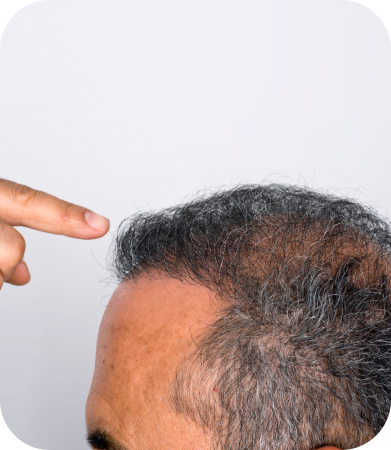Follicular Unit Extraction (FUE)
Conveniently located to serve the Northern Virginia, Maryland and Washington D.C. metro areas.
Follicular unit extraction (FUE) delivers incredible cosmetic improvement for candidates with hair loss. This procedure is more popular than follicular unit transplantation (FUT) procedures.
FUE is frequently called a “scarless” procedure. No strip of skin gets removed from the donor area. Instead, a small, round surgical punch extracts each follicle. This process eliminates linear scars, and patients can cut their hair short without disturbing the styling of the donor area as long as the total follicular units are contained.
Treating hair loss requires specialized knowledge of FUE and other surgical procedures. Hair transplant surgeons need to have an in-depth understanding about the differences among each technique, including the tools and instruments available for FUE and which hair transplant method suits the needs and desires of each patient.
The range of tools and instruments for FUE and the special features of each technique are revolutionary. Even experienced hair transplant Virginia specialists like those on our team need to keep up with rapidly changing innovations in the field.
At The Hair Transplant – Virginia, we employ various FUE tools and techniques to obtain natural-looking results that can help you achieve freedom from your hair loss concerns.


